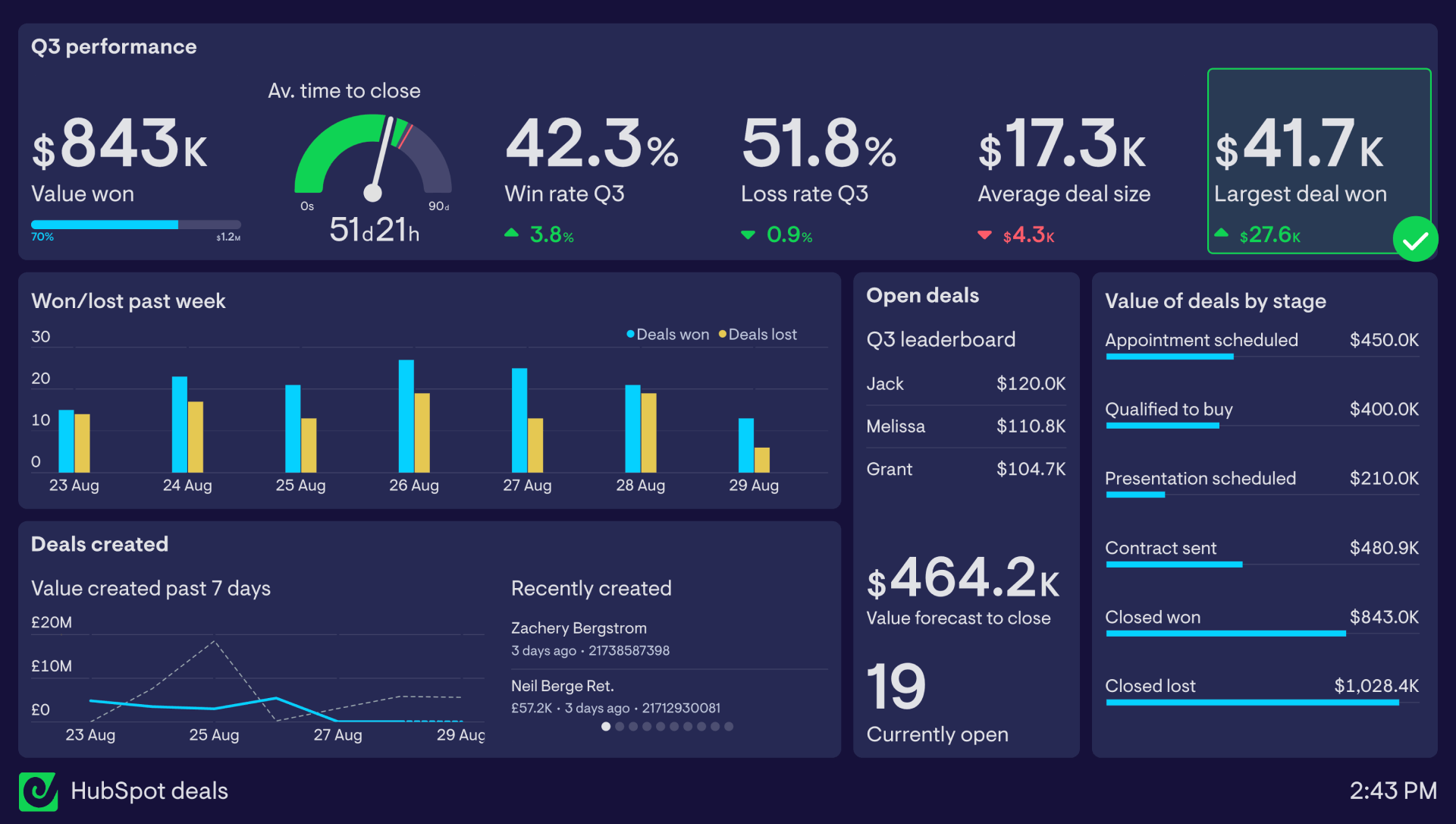
HubSpot Service Hub: Complete Buyer's Guide
Unified AI-powered help desk solution
HubSpot Service Hub positions itself as the unified AI-powered help desk solution for businesses seeking seamless integration between customer support, sales, and marketing operations. It combines traditional ticketing capabilities with advanced automation through its Breeze AI suite, launched in 2025, which includes autonomous agents for ticket classification, sentiment analysis, and smart routing[49][58].
Market Position & Maturity
Market Standing
HubSpot Service Hub operates within the broader HubSpot ecosystem, which has established significant market presence in the CRM and marketing automation space.
Company Maturity
The platform benefits from HubSpot's overall market position as a leading provider of integrated business software solutions, with the company's public trading status and substantial customer base providing stability indicators for long-term viability.
Growth Trajectory
The 2025 launch of Breeze AI suite[49][58] demonstrates HubSpot's commitment to advancing Service Hub's capabilities and maintaining competitive positioning in the rapidly evolving AI-powered support market.
Strategic Partnerships
Strategic partnerships with Shopify provide significant market positioning advantages for ecommerce businesses, as the native integration eliminates common technical barriers that affect third-party solutions[42][54].
Longevity Assessment
The platform's ability to attract established brands suggests market credibility and operational maturity, though specific market share data requires independent verification.
Proof of Capabilities
Customer Evidence
Merchadise, an apparel company, achieved substantial resolution time improvements through automated order processing and real-time sales tracking capabilities via Service Hub's Shopify integration[54].
Quantified Outcomes
ROI realization within 6-12 weeks for SMB deployments based on documented case studies, with organizations achieving automation of routine inquiries and improved response times after configuring AI chatbots[39][51].
Case Study Analysis
Casio reported customer growth and web traffic increases attributed to unified data management and AI-driven lead qualification capabilities through their broader HubSpot ecosystem adoption, including Service Hub[46].
Market Validation
Customer feedback reveals mixed but generally positive outcomes, with users praising ticket management simplicity while noting workflow limitations[43].
Reference Customers
Customer adoption patterns show Service Hub serving mid-market businesses effectively, with documented implementations across various industries including apparel (Merchadise) and consumer electronics (Casio)[46][54].
AI Technology
HubSpot Service Hub's AI infrastructure centers on GPT-powered chatbots that automate ticket creation, resolution, and knowledge base integration, enabling 24/7 customer assistance[39][48].
Architecture
The technical architecture emphasizes generative AI integration that auto-generates knowledge base articles from past interactions, potentially improving self-service effectiveness[51].
Primary Competitors
Primary competitors include Salesforce Service Cloud for enterprise-grade routing capabilities[44][55], Zendesk for specialized support functionality with 59-second response times and 97% first-call resolution rates[18][33], and specialized ecommerce solutions like Gorgias and Yuma AI for industry-specific features[14][19].
Competitive Advantages
Competitive advantages center on native Shopify integration that syncs orders, contacts, and products in real-time without requiring API middleware[42][54], eliminating common synchronization issues that plague third-party connections.
Market Positioning
Market positioning places Service Hub in the integrated platform segment rather than competing directly with specialized ecommerce support solutions[44][55].
Win/Loss Scenarios
Win scenarios favor Service Hub when existing HubSpot ecosystem investment justifies unified platform benefits, Shopify integration requirements are critical, and support needs align with general help desk functionality rather than specialized ecommerce features.
Key Features

Pros & Cons
Use Cases
Integrations
Pricing
Featured In Articles
Comprehensive analysis of Support Tools for Ecommerce for Ecommerce businesses and online retailers. Expert evaluation of features, pricing, and implementation.
How We Researched This Guide
About This Guide: This comprehensive analysis is based on extensive competitive intelligence and real-world implementation data from leading AI vendors. StayModern updates this guide quarterly to reflect market developments and vendor performance changes.
58+ verified sources per analysis including official documentation, customer reviews, analyst reports, and industry publications.
- • Vendor documentation & whitepapers
- • Customer testimonials & case studies
- • Third-party analyst assessments
- • Industry benchmarking reports
Standardized assessment framework across 8 key dimensions for objective comparison.
- • Technology capabilities & architecture
- • Market position & customer evidence
- • Implementation experience & support
- • Pricing value & competitive position
Research is refreshed every 90 days to capture market changes and new vendor capabilities.
- • New product releases & features
- • Market positioning changes
- • Customer feedback integration
- • Competitive landscape shifts
Every claim is source-linked with direct citations to original materials for verification.
- • Clickable citation links
- • Original source attribution
- • Date stamps for currency
- • Quality score validation
Analysis follows systematic research protocols with consistent evaluation frameworks.
- • Standardized assessment criteria
- • Multi-source verification process
- • Consistent evaluation methodology
- • Quality assurance protocols
Buyer-focused analysis with transparent methodology and factual accuracy commitment.
- • Objective comparative analysis
- • Transparent research methodology
- • Factual accuracy commitment
- • Continuous quality improvement
Quality Commitment: If you find any inaccuracies in our analysis on this page, please contact us at research@staymodern.ai. We're committed to maintaining the highest standards of research integrity and will investigate and correct any issues promptly.